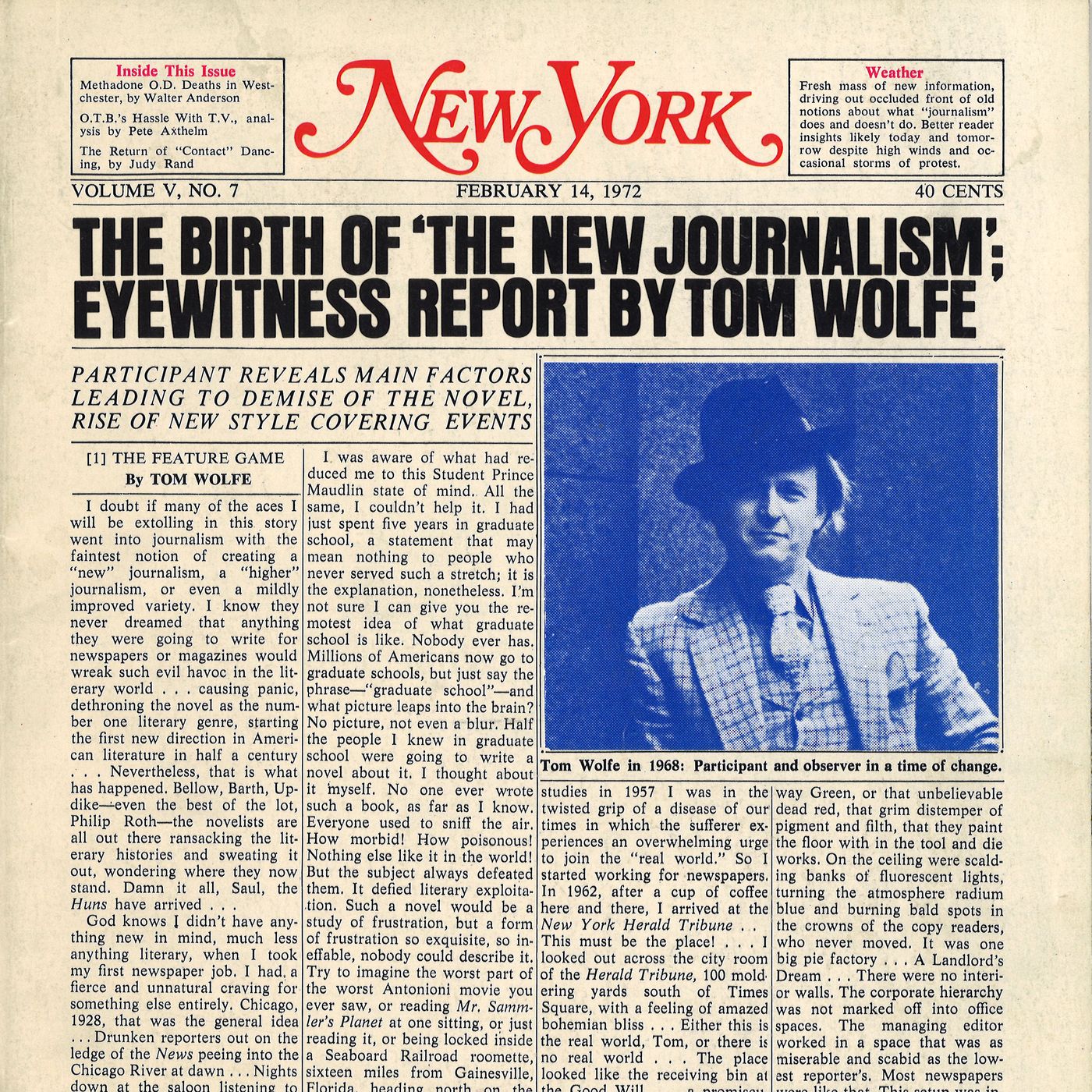The Of News Articles
Wiki Article
Some Known Facts About News Articles.
Table of ContentsNews Articles for DummiesSome Known Details About News Articles An Unbiased View of News ArticlesSee This Report about News ArticlesNews Articles for Dummies
Great knowledge of different subjects provides pupils an one-upmanship over their peers. Although electronic and social media sites are easily available, we need to not fail to remember how crucial it is to read the papers. Parents need to attempt and inculcate the habit of reading a paper as a daily regimen to proceed the legacy of the revered print medium.Newspaper article also include at least one of the complying with crucial features about the intended target market: distance, importance, timeliness, human passion, strangeness, or effect. The associated term journalese is often made use of, generally pejoratively, to refer to news-style writing. One more is headlinese. Newspapers normally stick to an expository writing design.
Within these limitations, news stories additionally aim to be comprehensive. Amongst the bigger and more highly regarded newspapers, justness and equilibrium is a major element in presenting info.
Papers with a global audience, for instance, have a tendency to use a much more formal style of creating. The particular choices made by an information outlet's editor or content board are typically gathered in a style overview; common style overviews consist of the and the US Information Style Publication. The main goals of news writing can be summed up by the ABCs of journalism: precision, brevity, and quality.
4 Easy Facts About News Articles Described
As a guideline, journalists will not use a lengthy word when a short one will do. They utilize subject-verb-object building and construction and dazzling, active prose (see Grammar). They supply narratives, examples and allegories, and they seldom depend upon generalizations or abstract ideas. Information writers attempt to stay clear of making use of the exact same word much more than once in a paragraph (in some cases called an "resemble" or "word mirror").
Headlines in some cases leave out the subject (e.g., "Leaps From Watercraft, Catches in Wheel") or verb (e.g., "Pet cat lady lucky"). A subhead (additionally subhed, sub-headline, subheading, subtitle, deck or dek) can be either a subservient title under the major headline, or the heading of a subsection of the write-up. It is a heading that comes before the primary message, or a group of paragraphs of the main text.

Extra signboards of any of these types may show up later on in the post (specifically on succeeding web pages) to lure more analysis. Such signboards are likewise used as pointers to the article in other sections of the publication or website, or as promotions for the item in various other publication or sites. Typical structure with title, lead paragraph (recap in bold), other paragraphs (details) and contact info.

Example of a hard-lead paragraph NASA is suggesting an additional area job. The firm's budget plan request, revealed today, included a plan to send out one more mission to the Moon. This time around the company really hopes to develop a long-term facility as a jumping-off place for other room experiences. The spending plan demands about $10 billion for the task.
An "off-lead" is the 2nd most important front web page information of the day. To "hide the lead" is to begin the post with history info or details of second importance to the viewers, requiring them to read more deeply right into a short article than they need to have to in order to discover the necessary factors.
Excitement About News Articles
Typical use is that a person or 2 sentences each develop their own paragraph. Reporters generally define the organization or structure of a newspaper article as an upside down pyramid. The crucial and most interesting aspects of a tale are placed at the beginning, with supporting info following in order of decreasing relevance.It allows individuals to discover a subject to only the my sources depth that their inquisitiveness takes them, and without the imposition of information or nuances that they could think about irrelevant, however still making that info offered to much more interested visitors. The inverted pyramid structure likewise enables posts to be cut to any type of arbitrary size throughout design, to fit in the room readily available.
Some writers begin their tales with the "1-2-3 lead", yet there are lots of type of lead available. This style invariably starts with a "5 Ws" opening up paragraph (as described above), adhered to by an indirect quote that serves to sustain a major component of the very first paragraph, and after that a direct quote to support the indirect quote. [] A twist can refer to numerous things: The last tale in the information broadcast; a "satisfied" story to finish the program.
Longer write-ups, such as magazine cover articles and the items that lead the inside areas of a newspaper, are understood as. Feature stories differ from straight information in numerous ways.
The 4-Minute Rule for News Articles
An attribute's first paragraphs often connect an appealing minute or occasion, as in an "anecdotal lead". From the details of an individual or episode, its view promptly expands to generalizations about the tale's subject.
The Editor's Toolbox: A Recommendation Overview for Beginners and Professionals (2001) Allan M. Siegal and William G. Connolly. The New York Times Handbook of Design and Usage: The Official Design Guide Used by the Writers and Editors of the World's A lot of Reliable Newspaper (2002) M. L. Stein, Susan News Articles Paterno, and R.
Report this wiki page